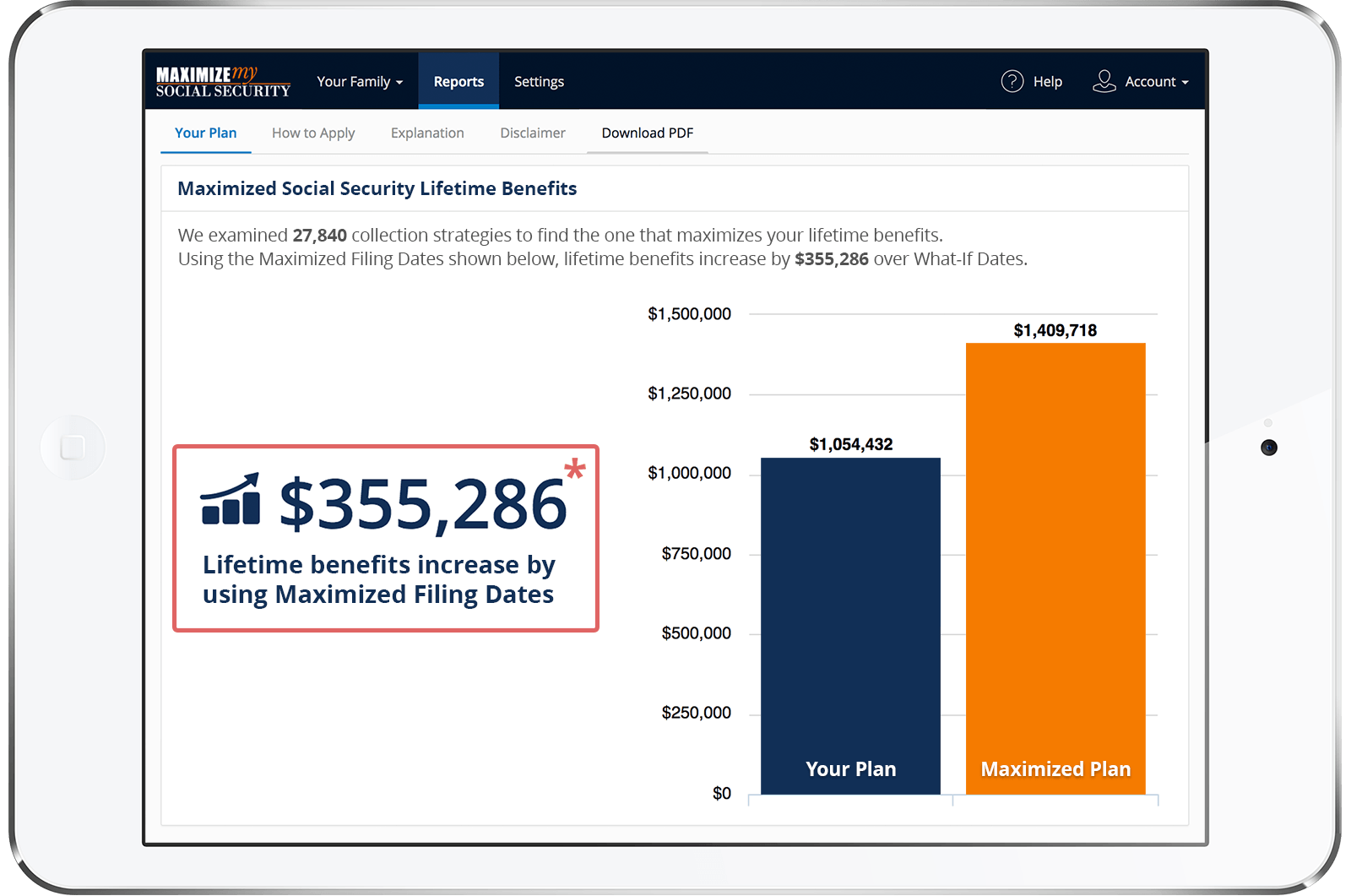had cervical neck fusion in 1996. After many years of suffering
from pain and losing jobs, in 2007 I had laminectomy and more cervical
fusions. I have C4 through C7. Since 2007, I have post laminectomy syndrome.
After my last lay-off at age 63, I was unable to work and didn’t understand
that I had disability options. At 64 I started drawing my social security. I
have had many treatments with pain meds, muscle relaxers, PT and now I will
have a spinal cord stimulator that my pain management doctor has recommended.
If this procedure doesn’t alleviate the pain, I may have to look at the
StimRelieve Halo Nerve Stimulator System for pain control. Can I go back to
2007 for any disability.
Hi,
I'm sorry to hear about your health problems. Unfortunately, the answer to your question is no. The maximum retroactivity allowed for Social Security disability (SSDI) benefits is 12 months, so that's the farthest back that you could potentially claim SSDI. Furthermore, SSDI eligibility ends when a person reaches their full retirement age (FRA), so if you if you reached your FRA more than a year ago it would be too late to apply for SSDI benefits.
If you're still under age 67, though, you could potentially still apply for SSDI benefits. However, you can't be paid both Social Security retirement benefits and SSDI benefits for the same months. Qualifying for SSDI simply entitles a person to their full Social Security retirement benefit rate at an earlier age. And since you're already drawing your Social Security retirement benefits, being approved for SSDI benefits would just have the effect of increasing your monthly benefit rate.
For example, say Jan files for reduced Social Security retirement benefits at age 64. Jan's full retirement age rate, or primary insurance amount (PIA), is $1500, but Jan receives a reduced rate of $1300 in return for starting her benefits 2 years early. When Jan reaches her FRA of 66, she decides to file for SSDI and her claim is approved retroactive to the month she turned age 65. Jan's monthly benefit rate would then be increased from $1300 to $1400, and Jan would receive back pay for the additional $100 per month (i.e. $1400 - $1300) that she was due starting with the month she turned age 65. Jan's benefit rate would still be $100 lower than her full PIA because she drew reduced retirement benefits for 12 months prior to her first month of SSDI entitlement.
Best, Jerry
